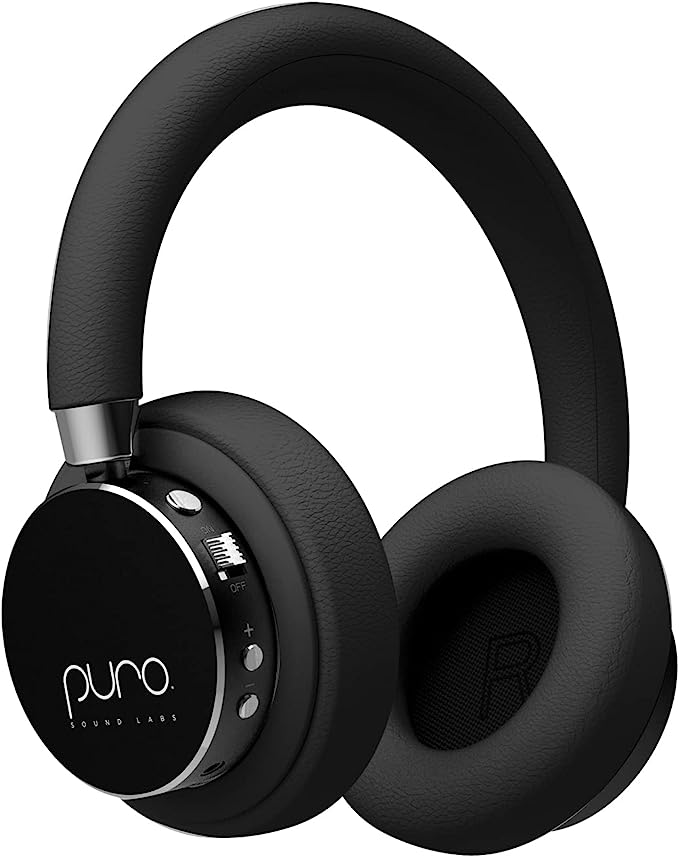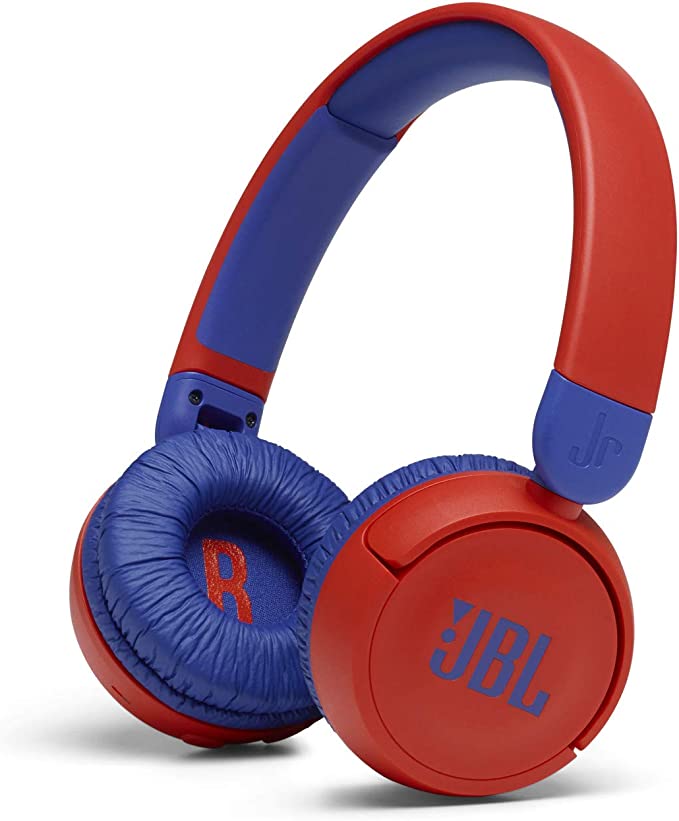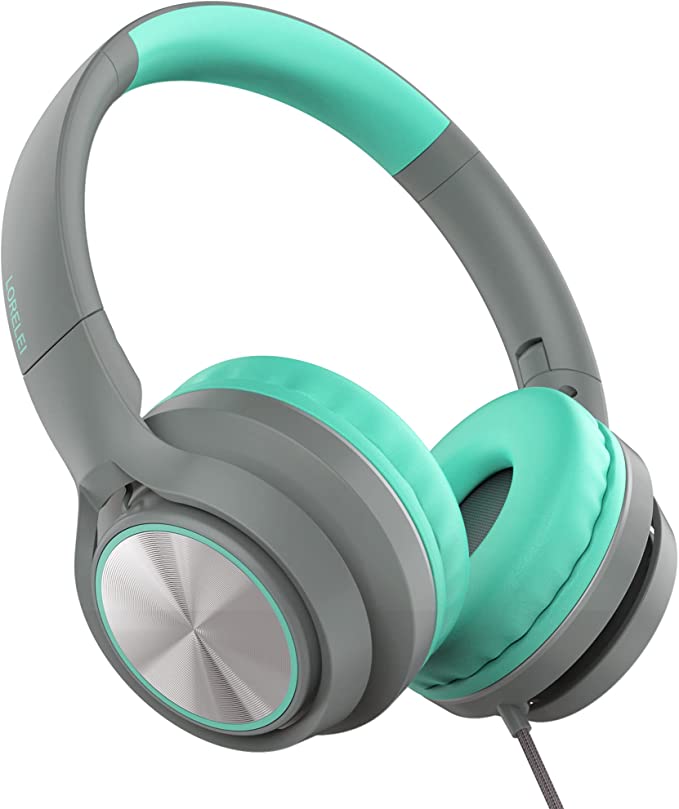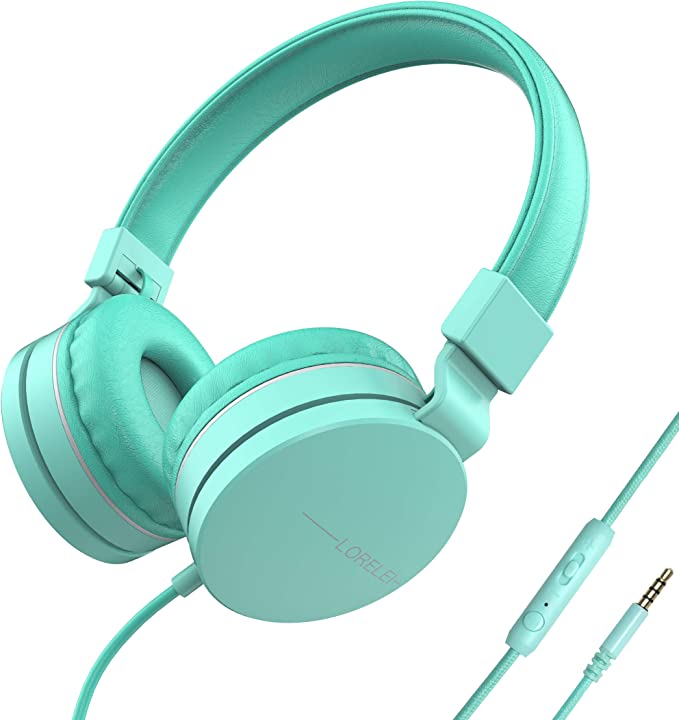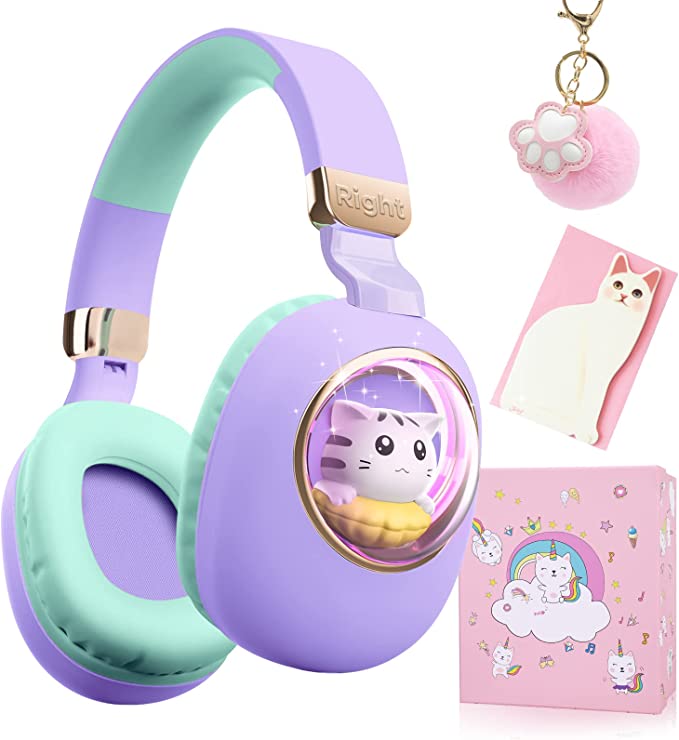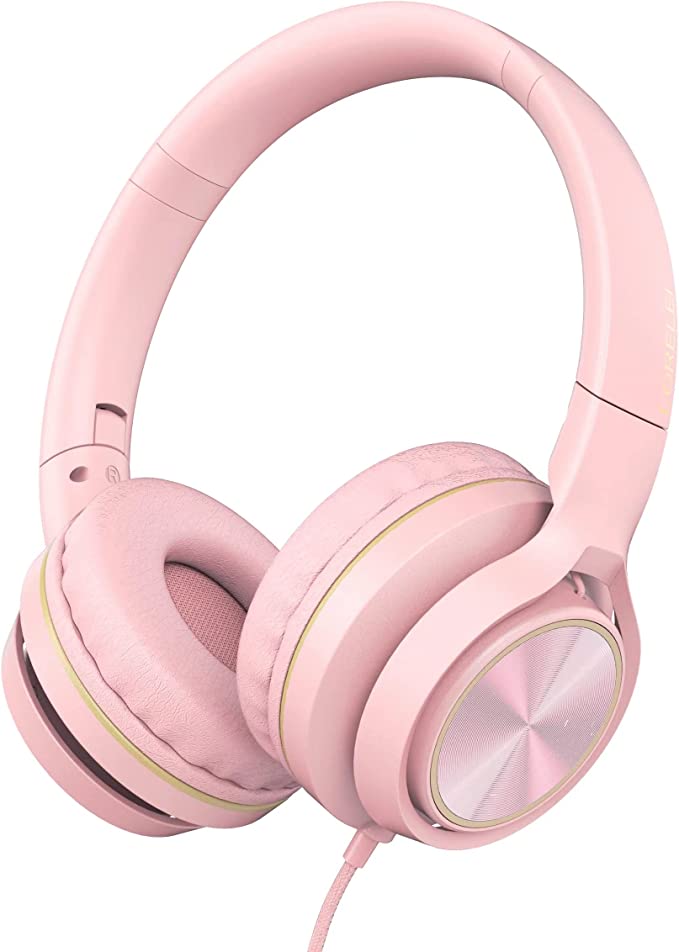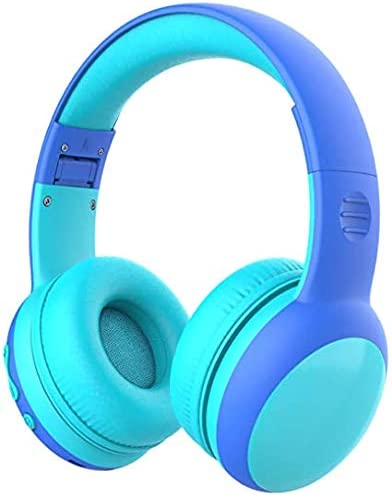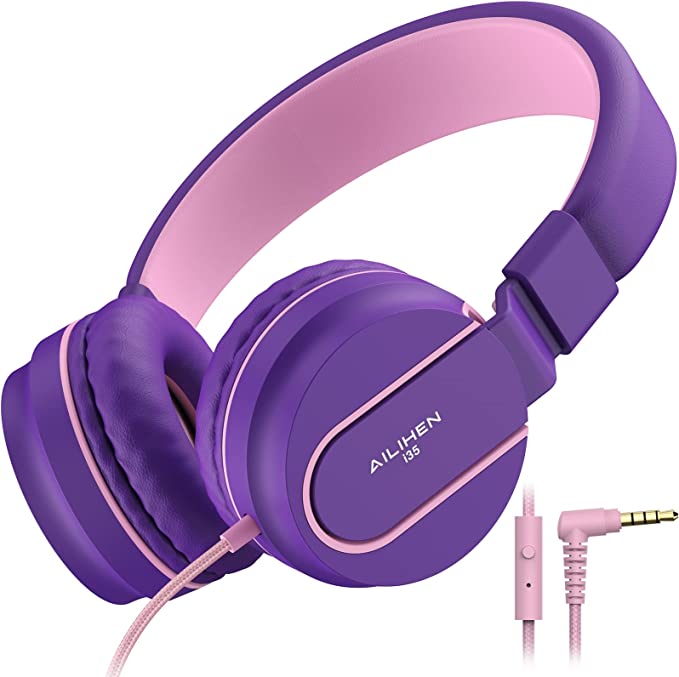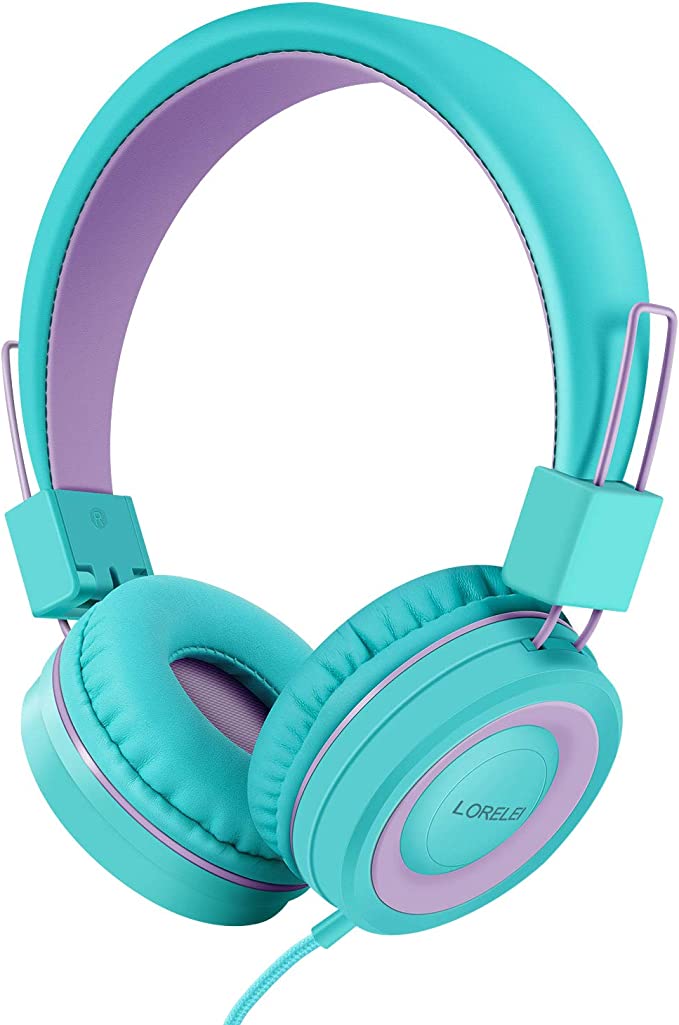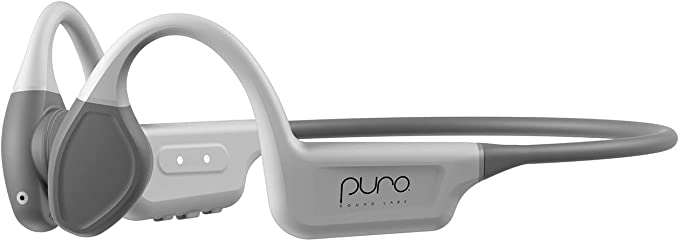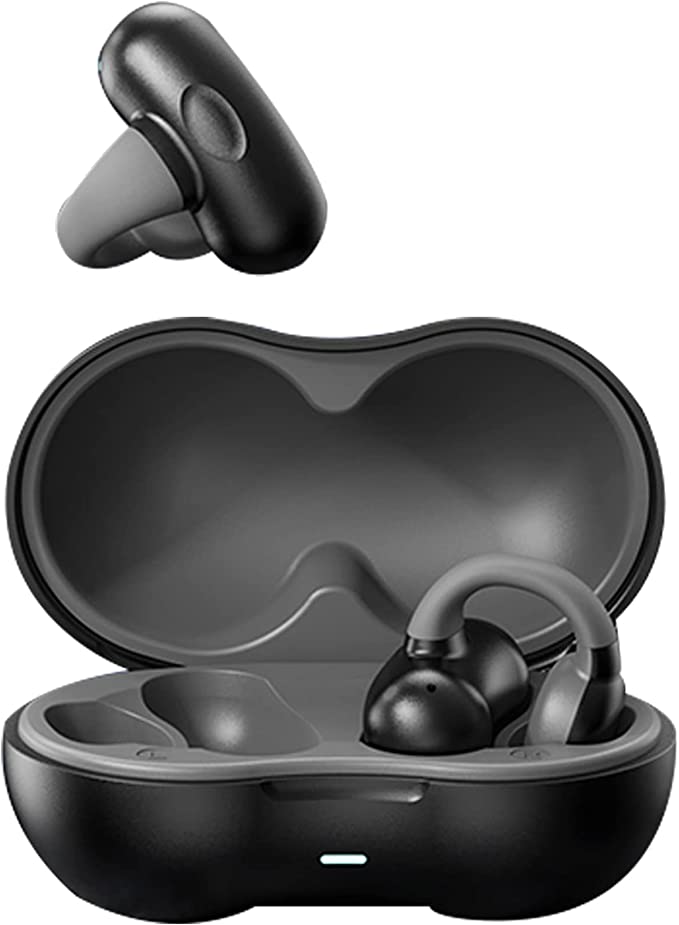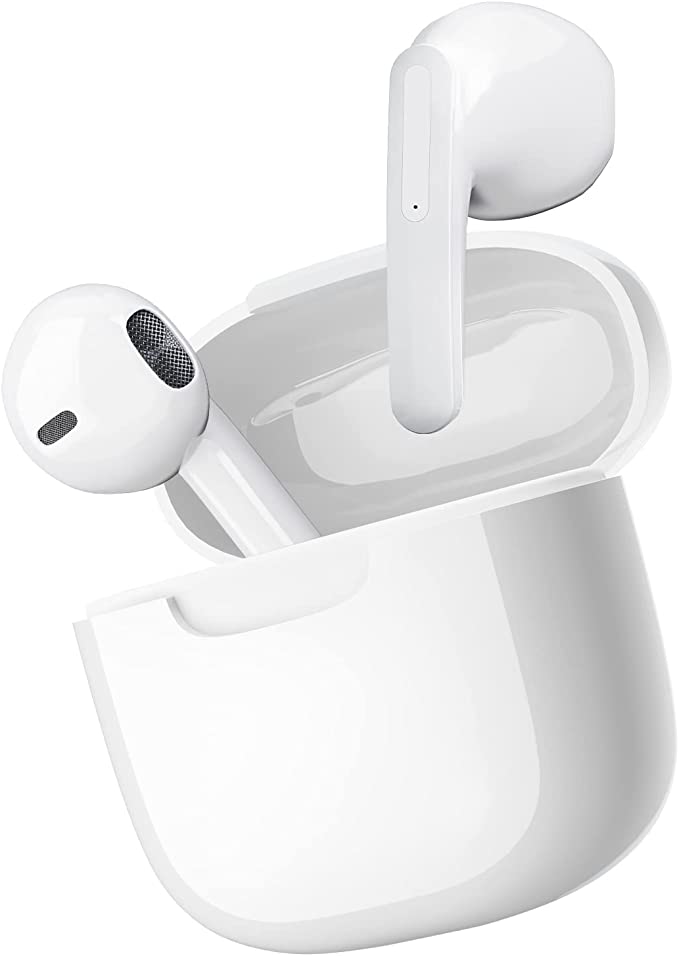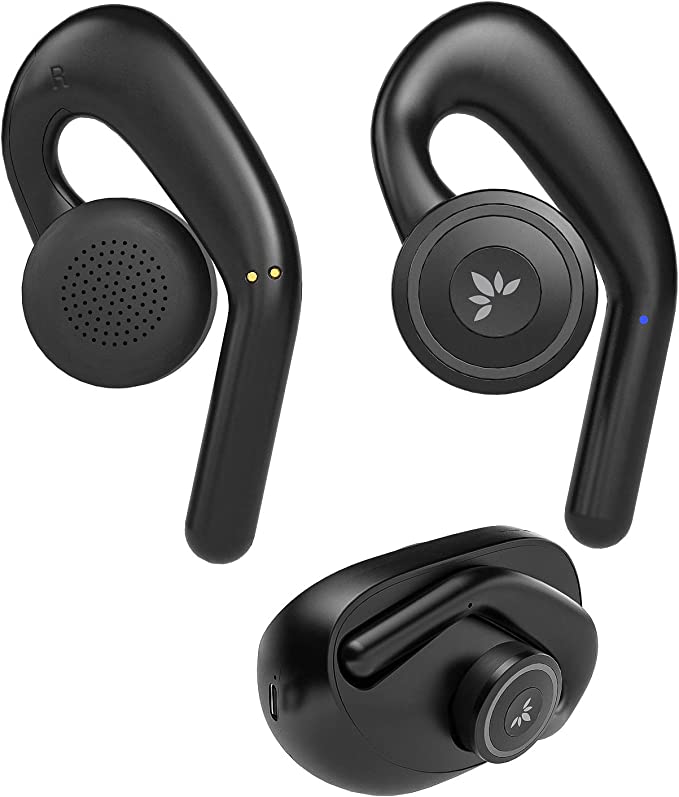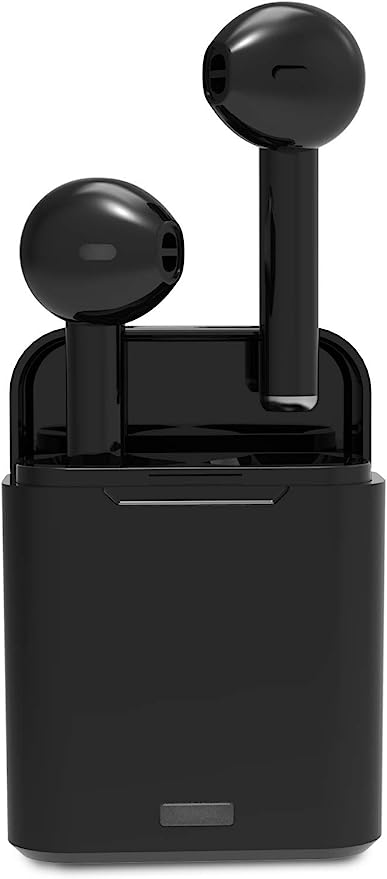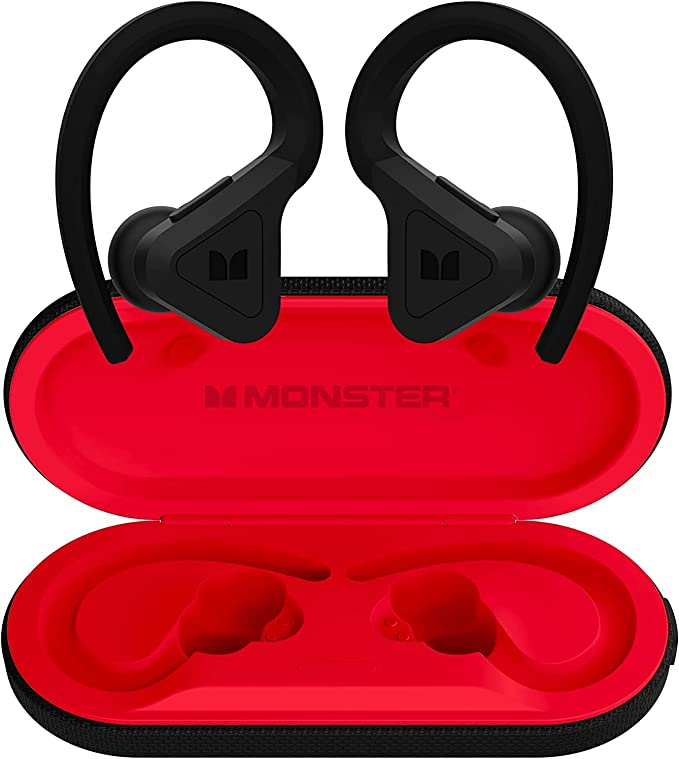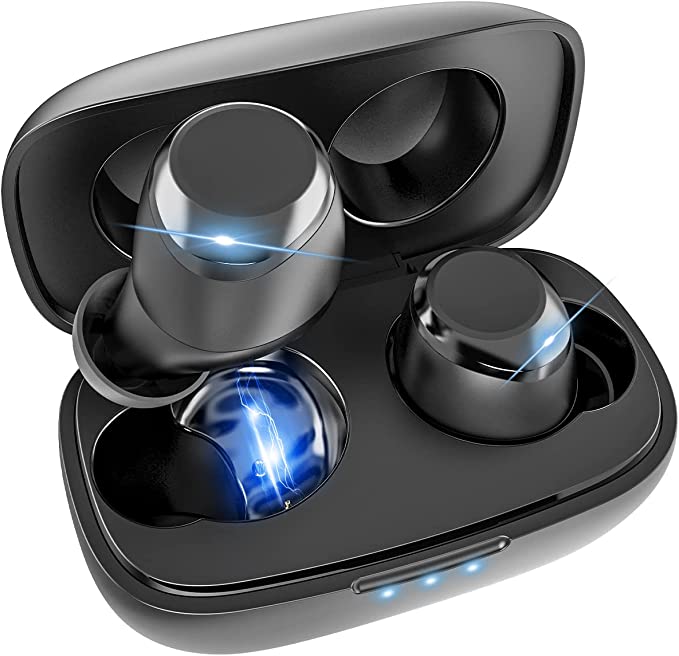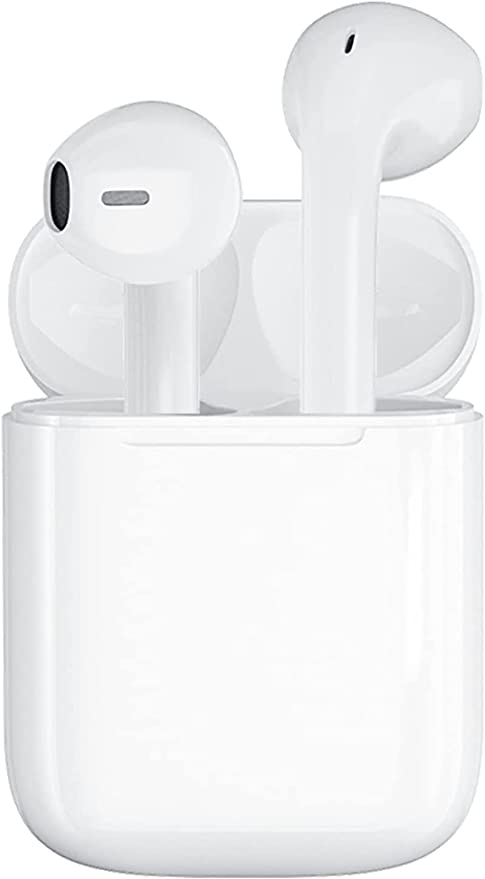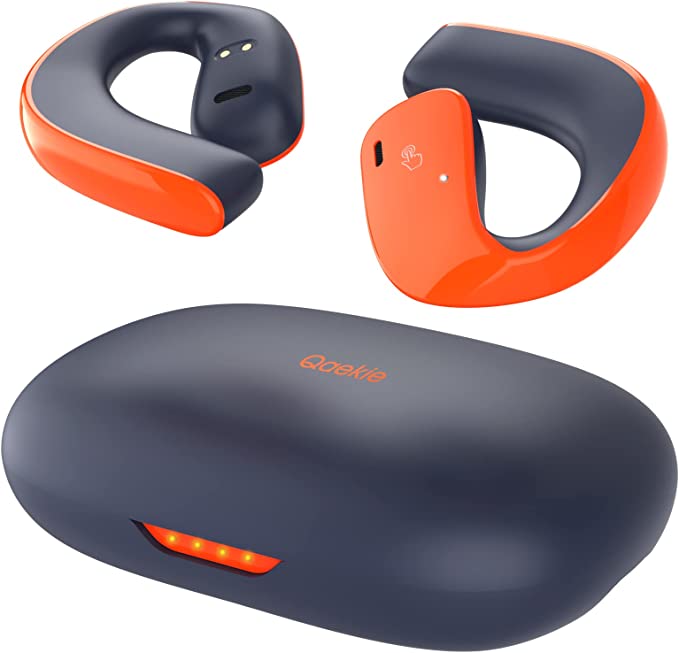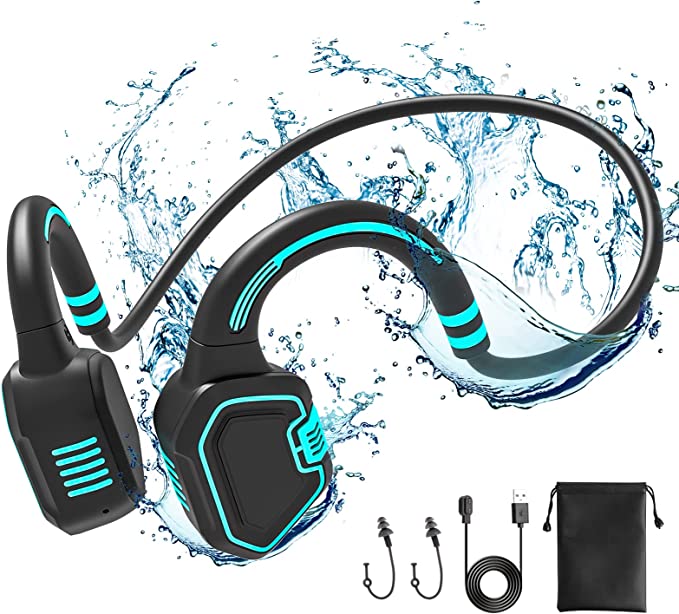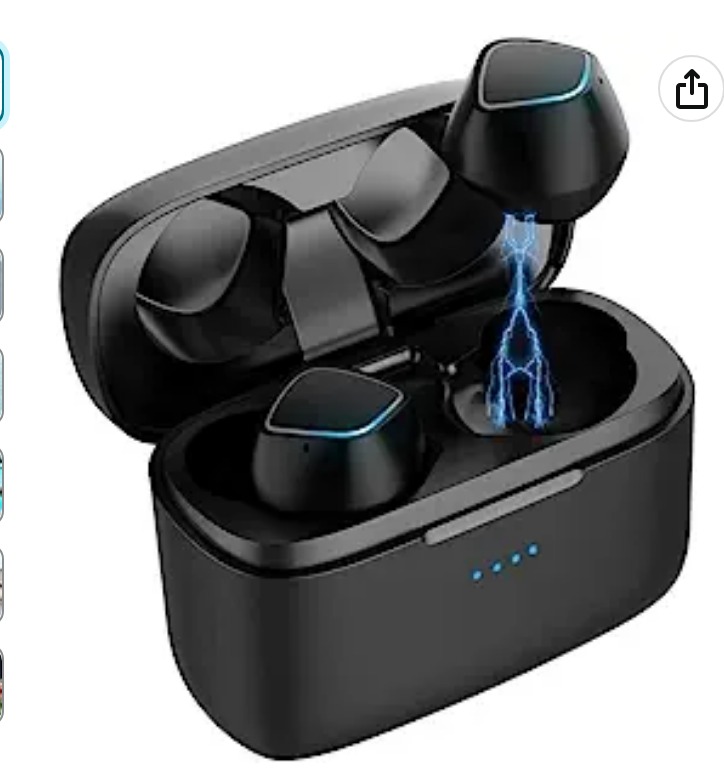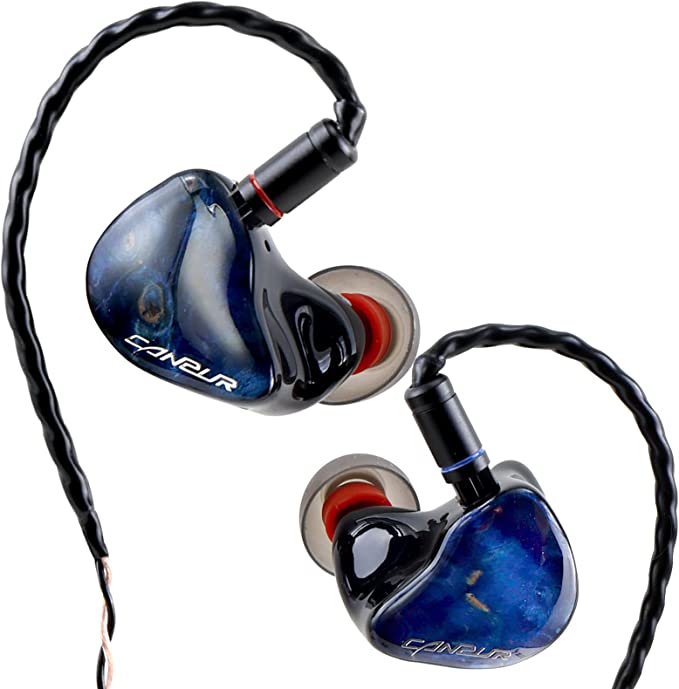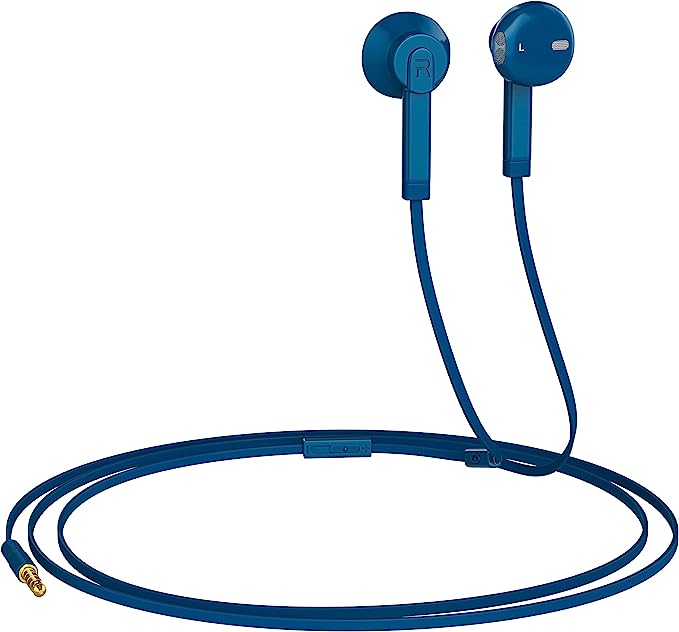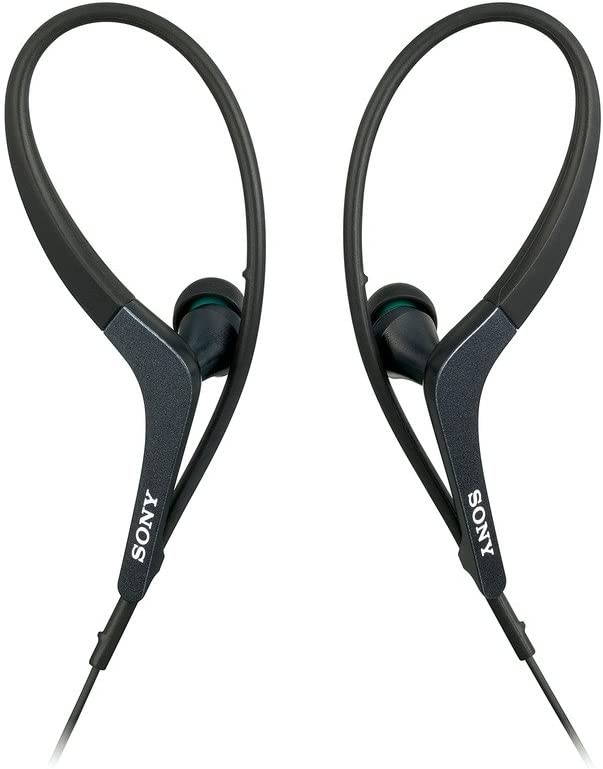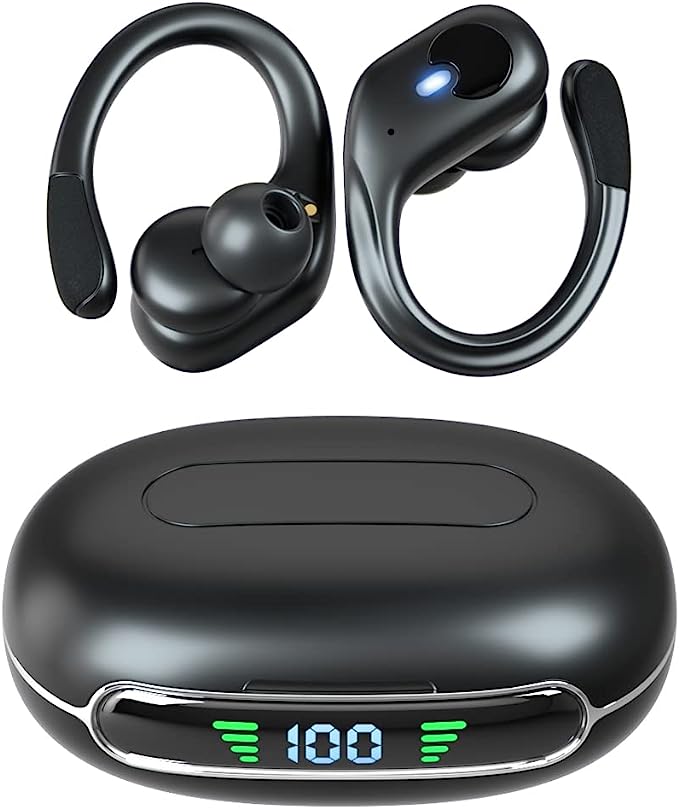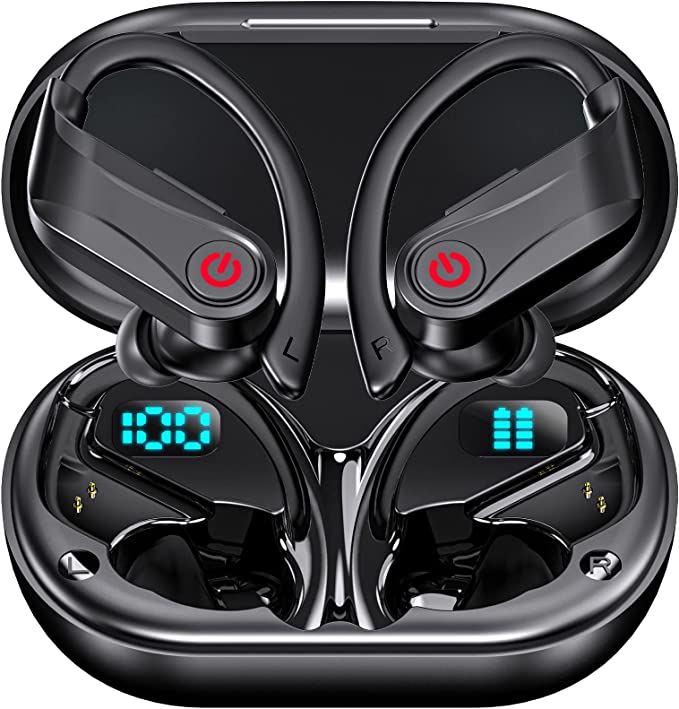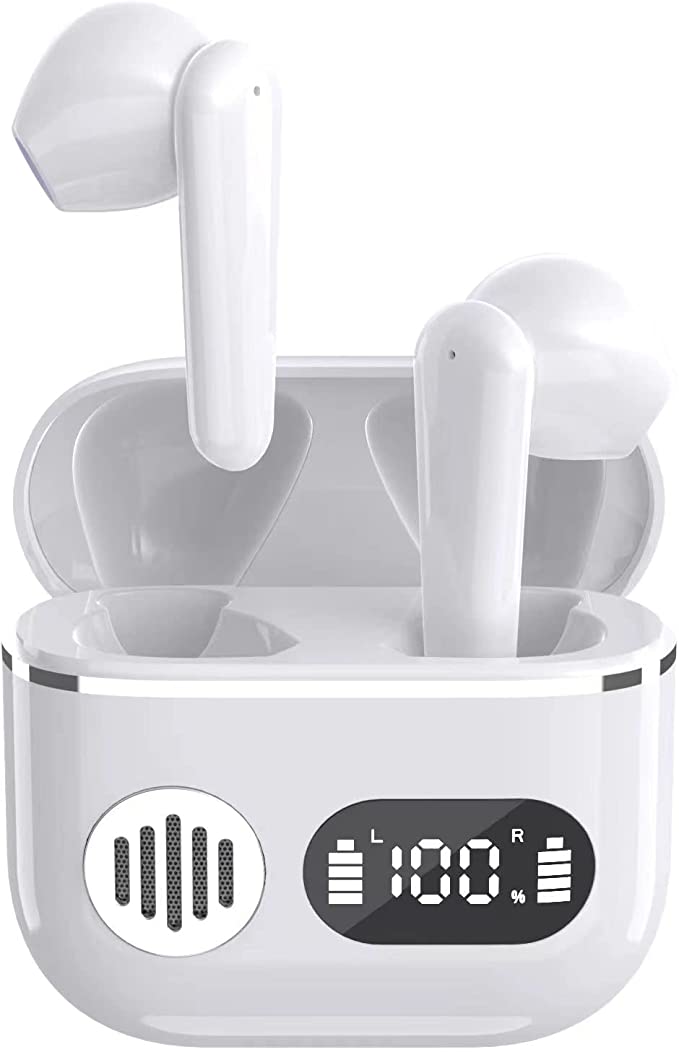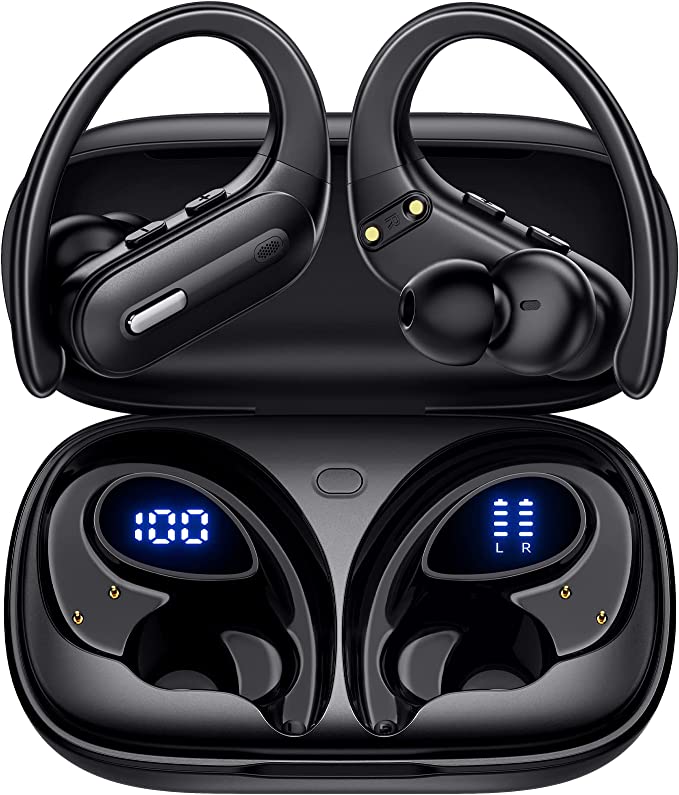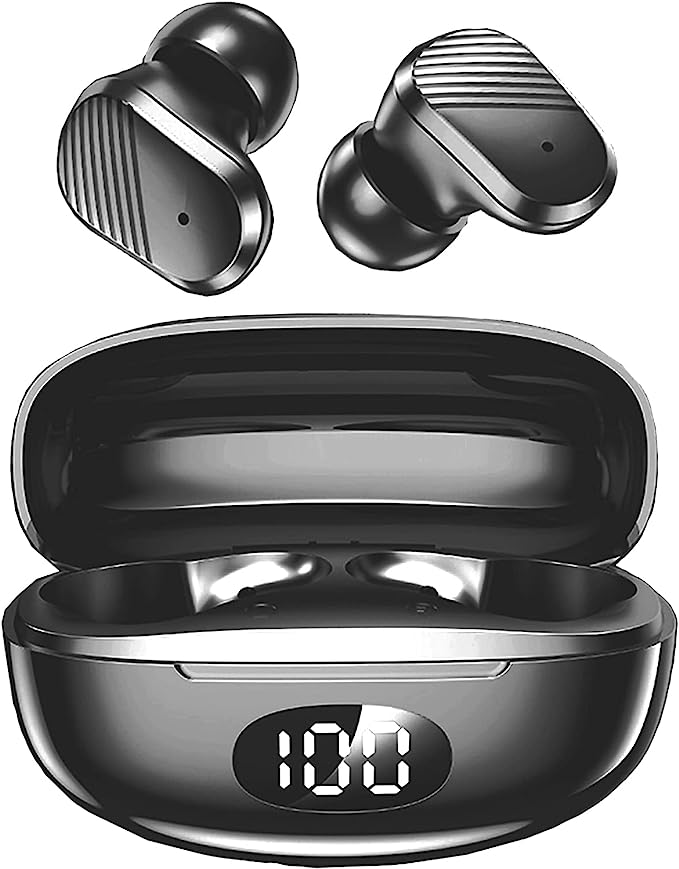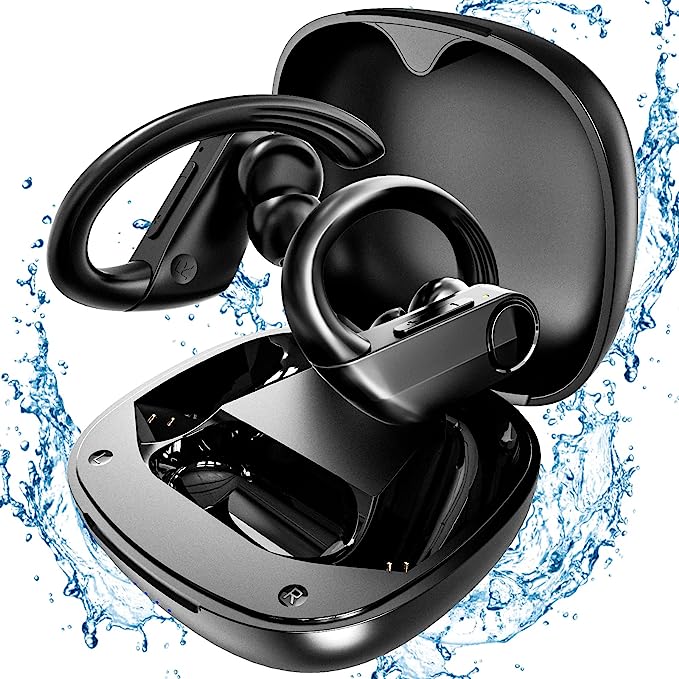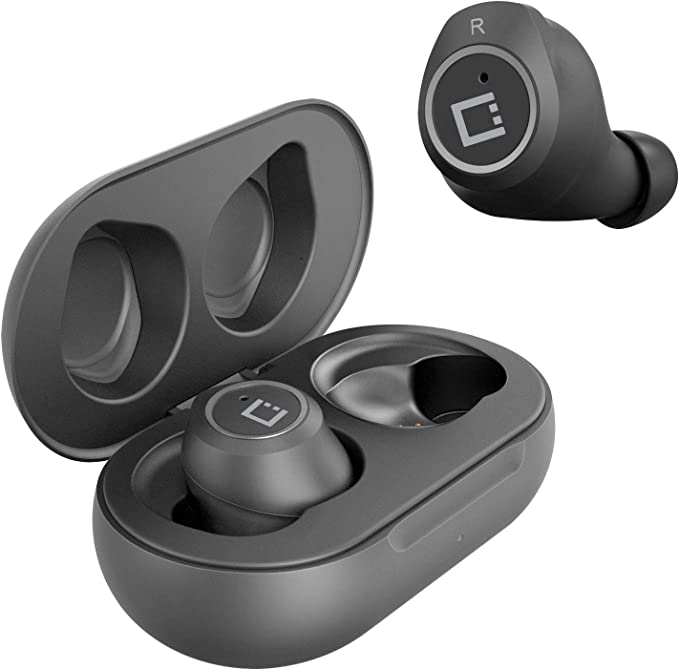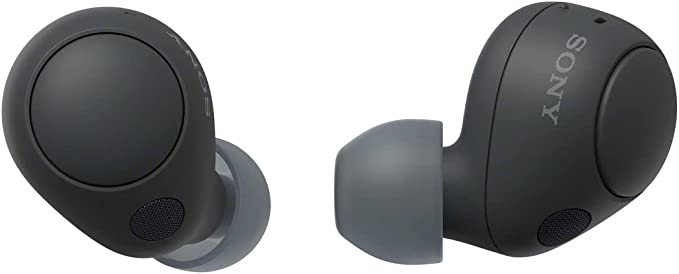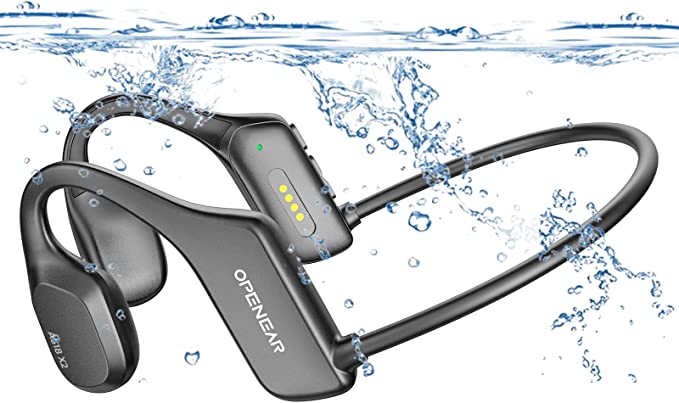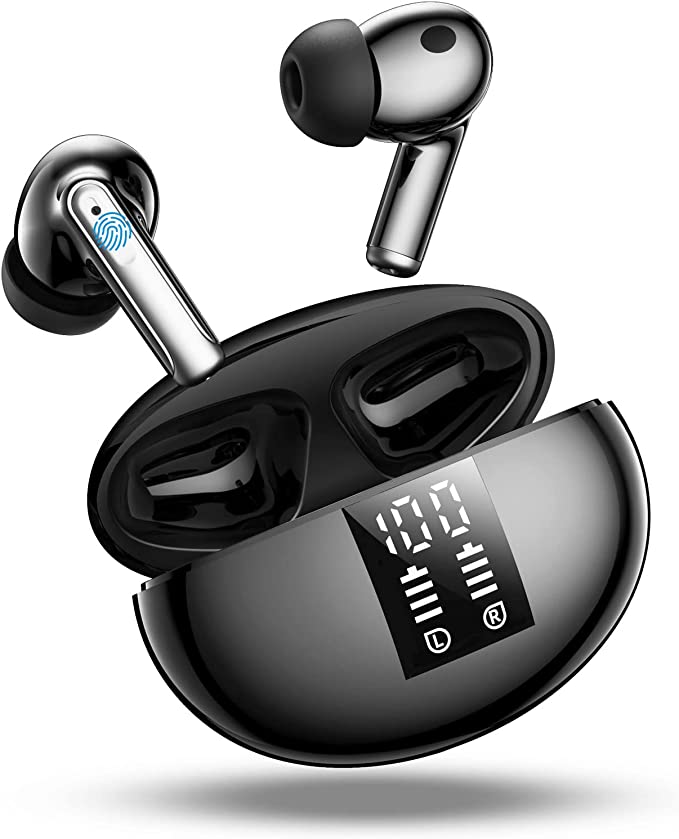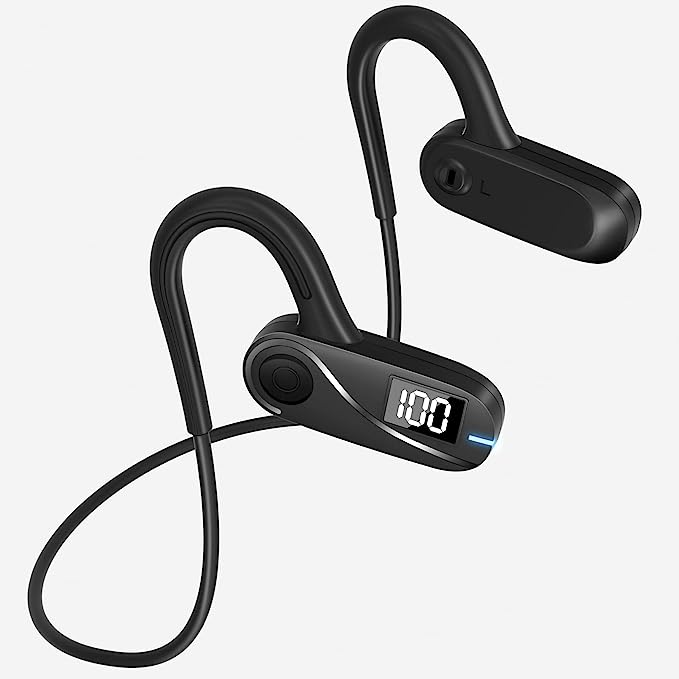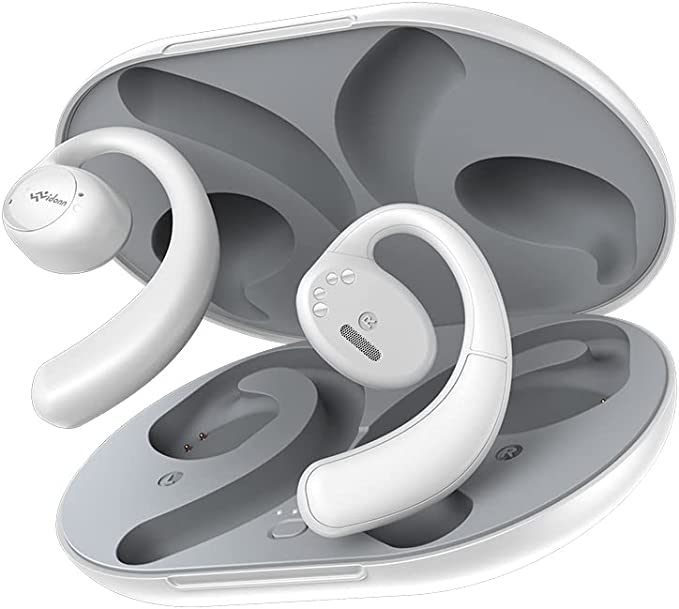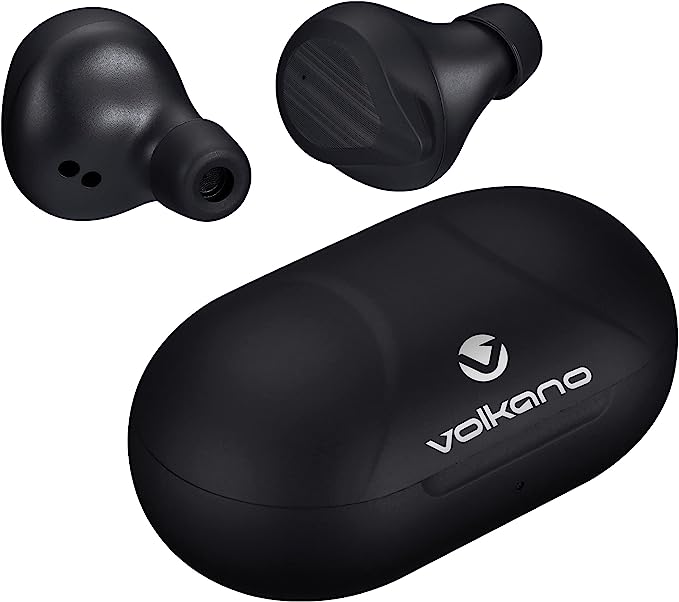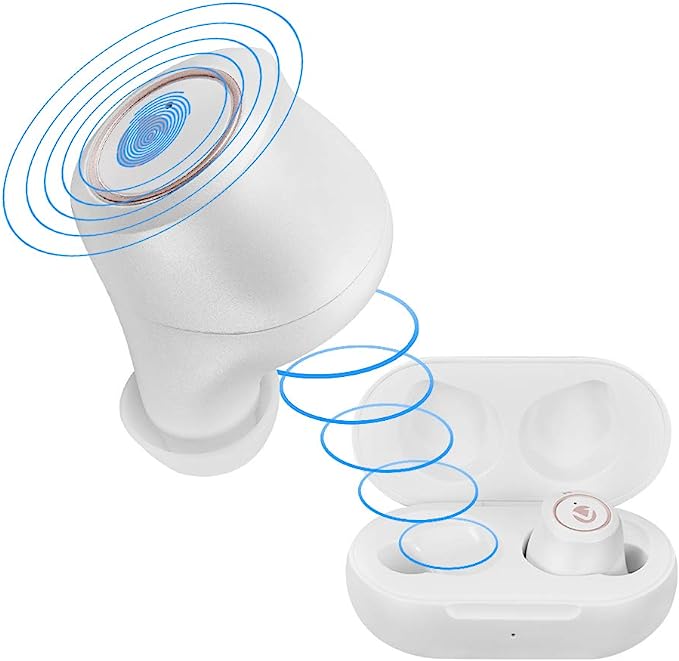Puro Sound Labs BT2200s Plus Volume Limited Kids' Bluetooth Headphones: Fun Headphones That Keep Young Ears Safe
Update on June 30, 2025, 10:29 a.m.
As parents in the digital age, we’ve become expert curators of our children’s consumption. We manage screen time with the precision of a hawk, scrutinize nutritional labels for hidden sugars, and build digital fortresses to shield them from the wilds of the internet. We are, in essence, dietitians for their developing minds and bodies. Yet, there is a pervasive, invisible element in their environment that often escapes this careful curation: sound.
What is your child’s “sound diet”? The question might seem strange, but the daily auditory intake of a modern child—from cartoons on a tablet, to online classes, to music on a road trip—carries a hidden risk. Unlike the visible consequences of too much screen time or a poor diet, the damage from excessive noise is silent, cumulative, and tragically irreversible. This is Noise-Induced Hearing Loss (NIHL), a condition the Centers for Disease Control and Prevention (CDC) warns is affecting a growing number of young people. It’s like a slow, imperceptible sunburn on the delicate cells of the inner ear. The challenge, then, is not to enforce silence, but to find a way to nourish a child’s engagement with the world of audio without exposing them to its harmful excesses. The answer lies not in simple restriction, but in thoughtful engineering that acts less like a warden and more like a personal, lifelong sound nutritionist.

The First Principle of Auditory Nutrition: Calorie Control
Every responsible diet starts with understanding portion control. In the world of sound, our unit of measurement is the decibel (dB), and the recommended “daily allowance” is set by a global consensus of scientists. The World Health Organization (WHO) and other health bodies have established that prolonged exposure to any sound over 85 decibels can begin to cause permanent hearing damage.
It’s crucial to understand that the decibel scale is logarithmic, not linear. This means 95 dB is not just a little bit louder than 85 dB; it is ten times more intense. A typical smartphone can easily push headphones to 105 dB or more, a level that can cause damage in less than 15 minutes. This is the auditory equivalent of a diet of pure sugar.
A thoughtfully designed set of kids’ headphones, like the Puro Sound Labs BT2200s Plus, addresses this with its most fundamental feature: a strict, hardware-level volume limit at 85dB. This is the non-negotiable portion control. It’s not a software setting a curious child can bypass; it is an engineered ceiling that ensures no matter how high the volume is cranked on the device, the sound “calories” delivered to the ear remain within the safe, scientifically-backed limit.

Creating a Serene Dining Room: Why Isolation Trumps Volume
But simply capping the volume isn’t enough. Why do we, and our children, feel the urge to blast the volume in the first place? The reason lies in a psychoacoustic phenomenon called “auditory masking.” Imagine trying to have an intimate conversation in a loud, bustling restaurant. To be heard, you have to raise your voice. The background chatter “masks” your speech. The same happens with headphones. In a car, on a plane, or even in a lively home, the ambient noise forces the listener to increase the volume just to hear the audio clearly.
This is where the second pillar of auditory health comes into play: creating a serene environment. The BT2200s Plus achieves this through advanced passive noise isolation. This isn’t the battery-draining electronic wizardry of Active Noise Cancellation (ANC); it’s pure physics. The plush earcups and careful design create a physical seal that, according to Puro, blocks out 83% of ambient noise at a frequency of 1 kHz. This specific frequency is no accident; it’s right in the middle of the range of human speech. In essence, it’s like moving that conversation from the noisy restaurant to a quiet library. When the distracting chatter is gone, you no longer need to shout. This isolation dramatically reduces the impulse for a child to nudge the volume ever higher, making the 85dB limit not just a safe ceiling, but a perfectly sufficient and enjoyable level.

The Chef’s Philosophy: The Art and Science of Honest Sound
If we have portion control and a quiet dining room, the final element is the quality of the meal itself. A child won’t stick to a healthy diet if the food is bland. Many consumer headphones try to make audio more “exciting” by artificially boosting the deep bass and sharp treble, like a chef drenching everything in sugary sauce and salt. This can sound impressive for a moment, but it’s a distorted, fatiguing experience.
The Puro BT2200s Plus is engineered with a different philosophy, embodied in its Puro Balanced Response Curve. Think of a master chef who believes in letting the true, nuanced flavor of high-quality ingredients shine. The goal here is fidelity—an honest, clear reproduction of the original sound. The bass is full but not booming, the vocals are crisp and present, and the highs are detailed but not piercing. This balanced, “nutrient-rich” audio is inherently more satisfying, even at lower volumes. It ensures that when listening within the safe 85dB limit, a child isn’t hearing a muffled, compromised version of their favorite song or story. They are hearing it as the creator intended, making the safe choice also the most pleasant one.

The Holistic System: A Complete Nutritional Plan
These three principles—the 85dB limit (calorie control), the passive noise isolation (a serene environment), and the balanced audio (nutrient-rich ingredients)—do not work in isolation. They form a complete, holistic system. This thoughtful integration is no accident; it was born from a parent’s need. The brand was founded by a father whose own daughter was diagnosed with Noise-Induced Hearing Loss, transforming a personal crisis into a mission to create a product he could trust for his own family.
This “sound diet” is designed for the realities of a child’s life. A 20-hour battery life outlasts the longest road trip. The interchangeable on-ear and over-ear cushions allow for a customized, comfortable fit as a child grows. Even the Daisy Chain feature, which allows two headphones to share one audio source, reframes headphone use as a potential act of sharing, not just isolation. These features ensure that the healthy choice is also the easy, durable, and practical one.
As guardians of our children’s futures, we are tasked with making countless decisions to ensure their well-being. By understanding the science behind auditory health, we can move beyond the anxiety of the unknown. We can choose technology that is not a source of risk, but a tool for safe exploration. Making an informed choice about headphones is about more than protecting the delicate mechanics of the ear; it is about preserving a child’s ability to hear the full, subtle, and magnificent symphony of the world for every day of their life.


